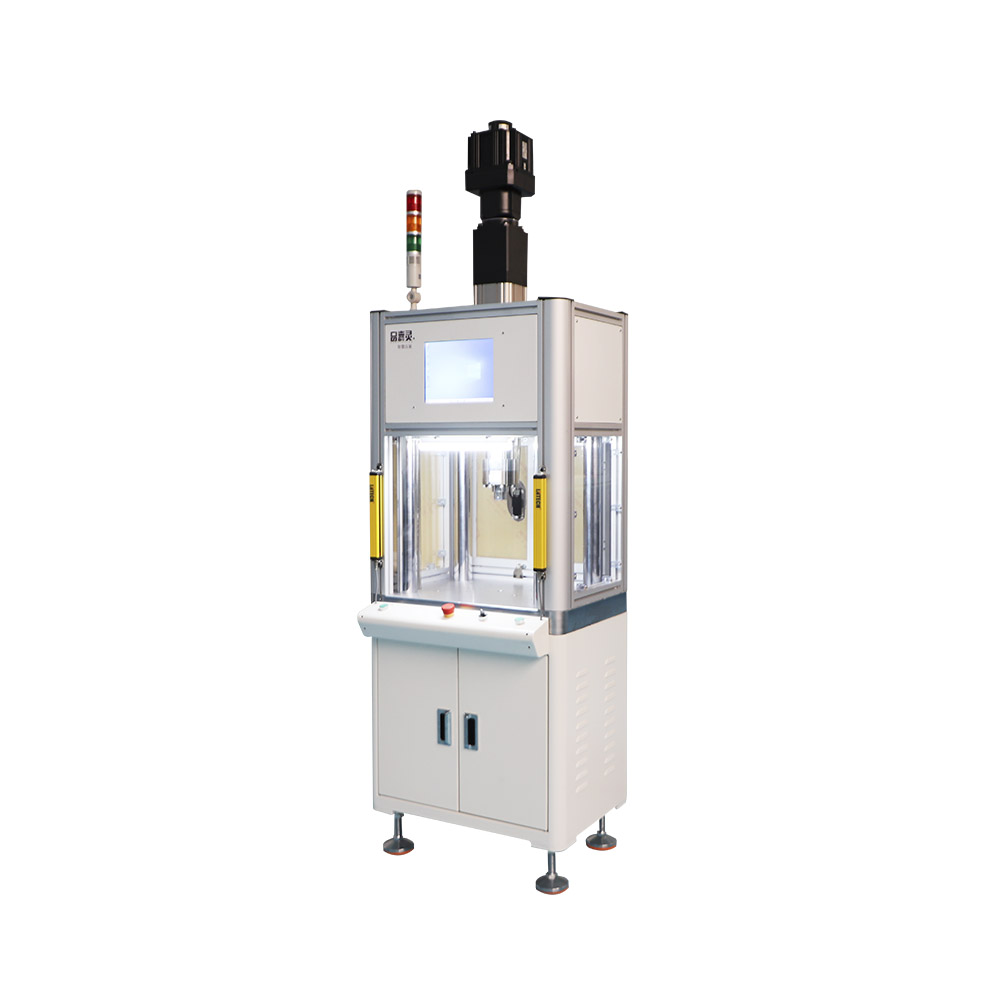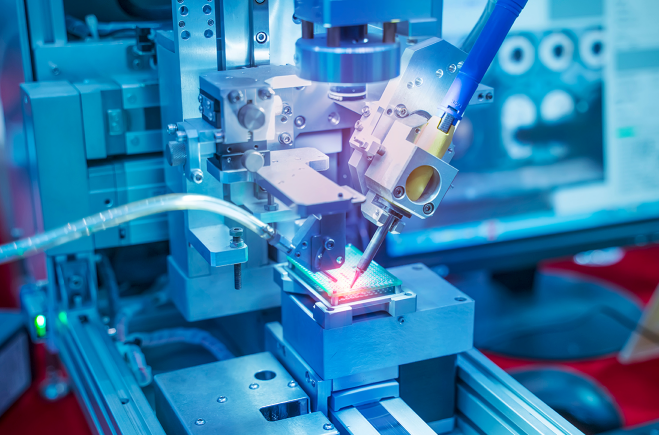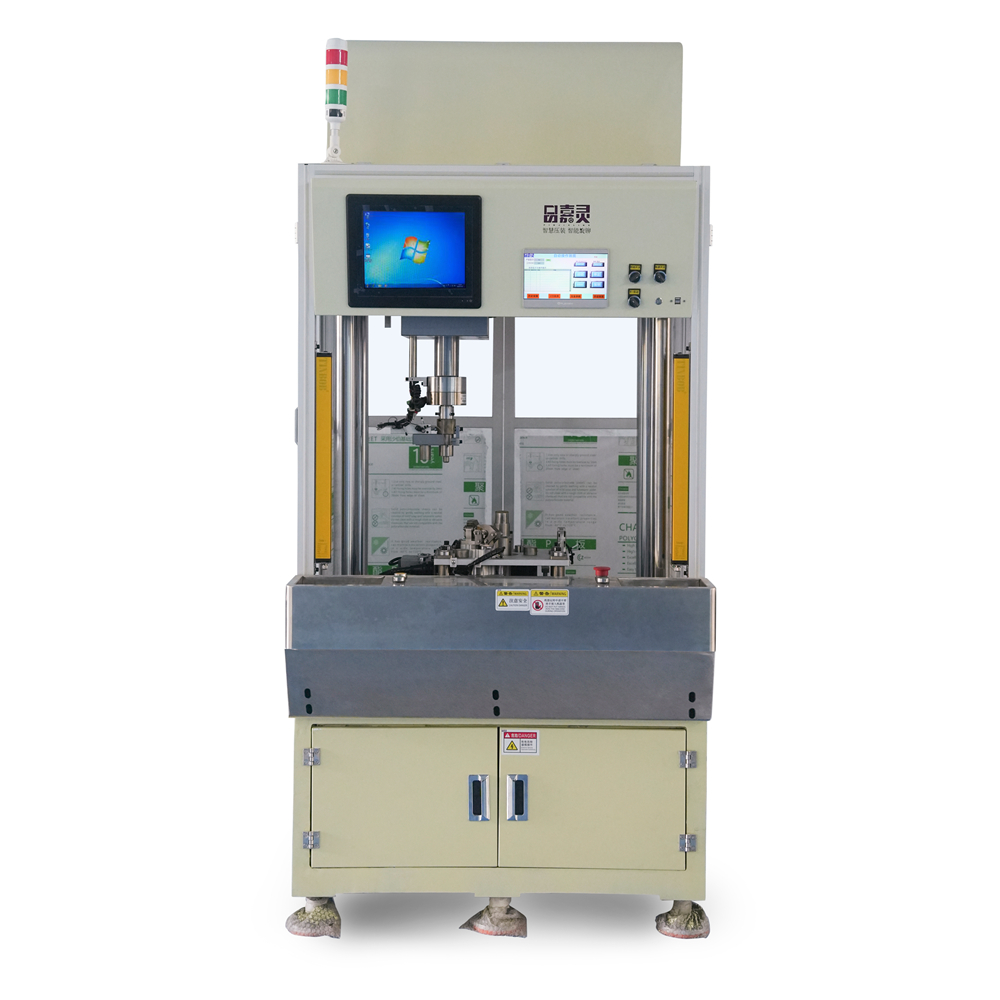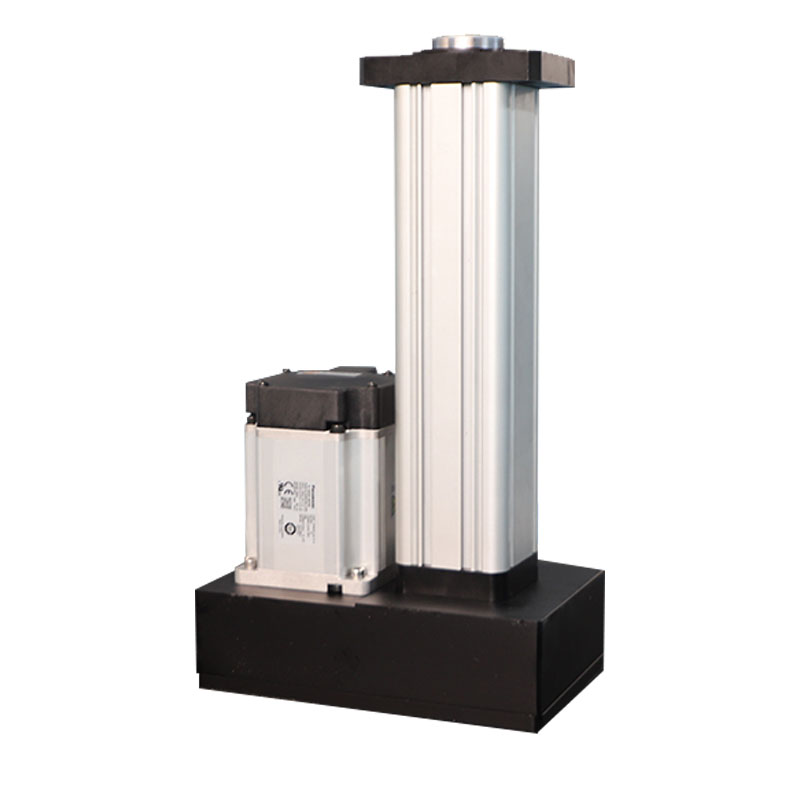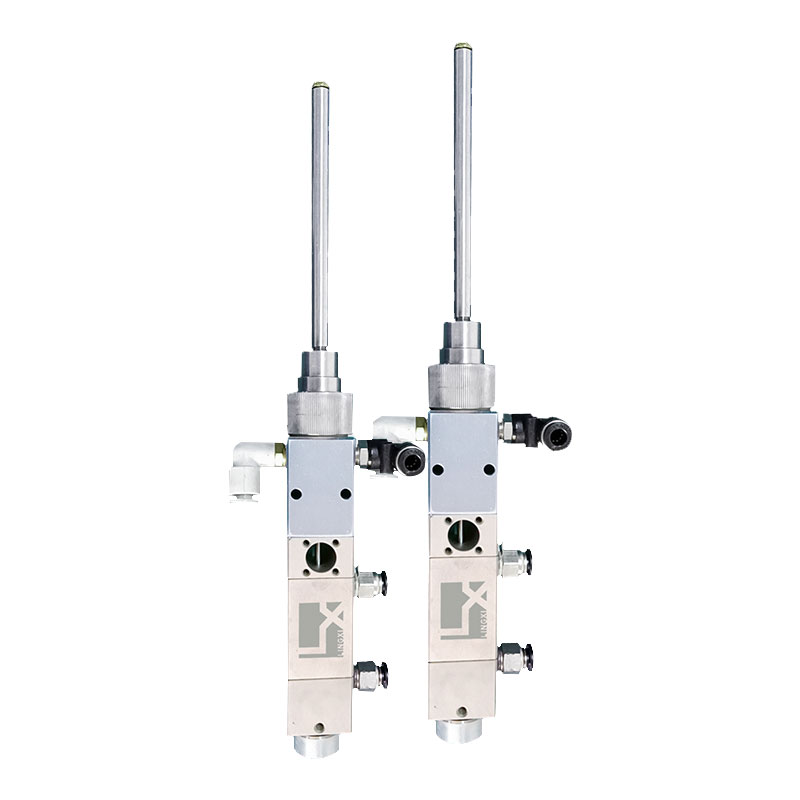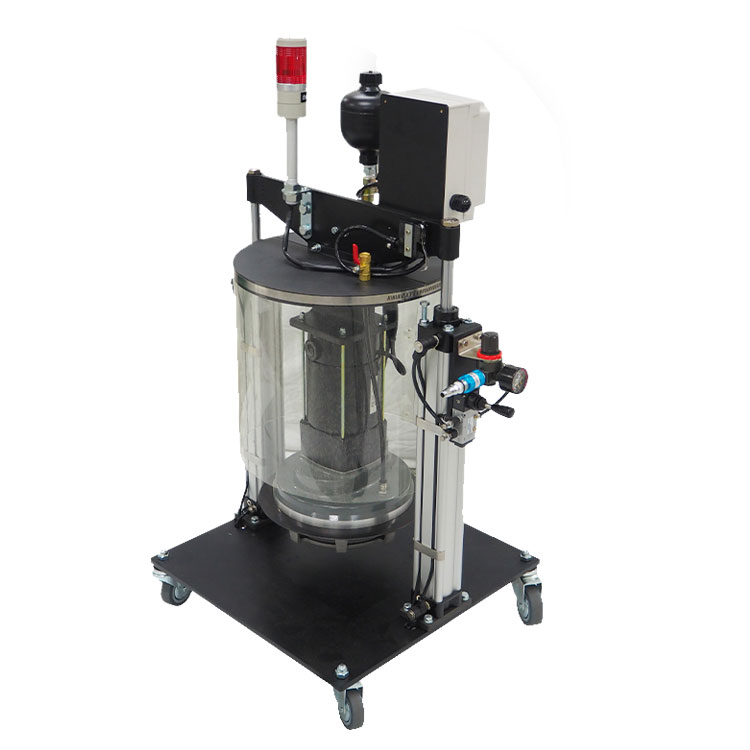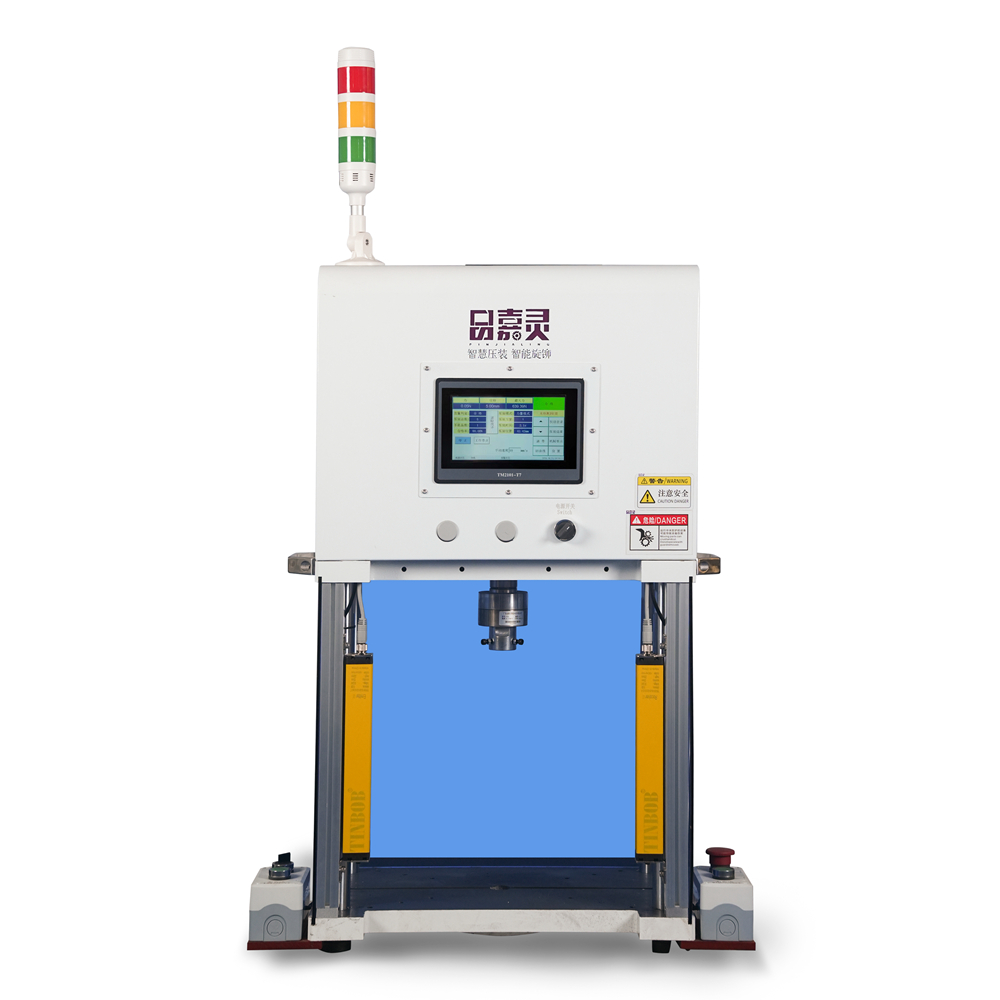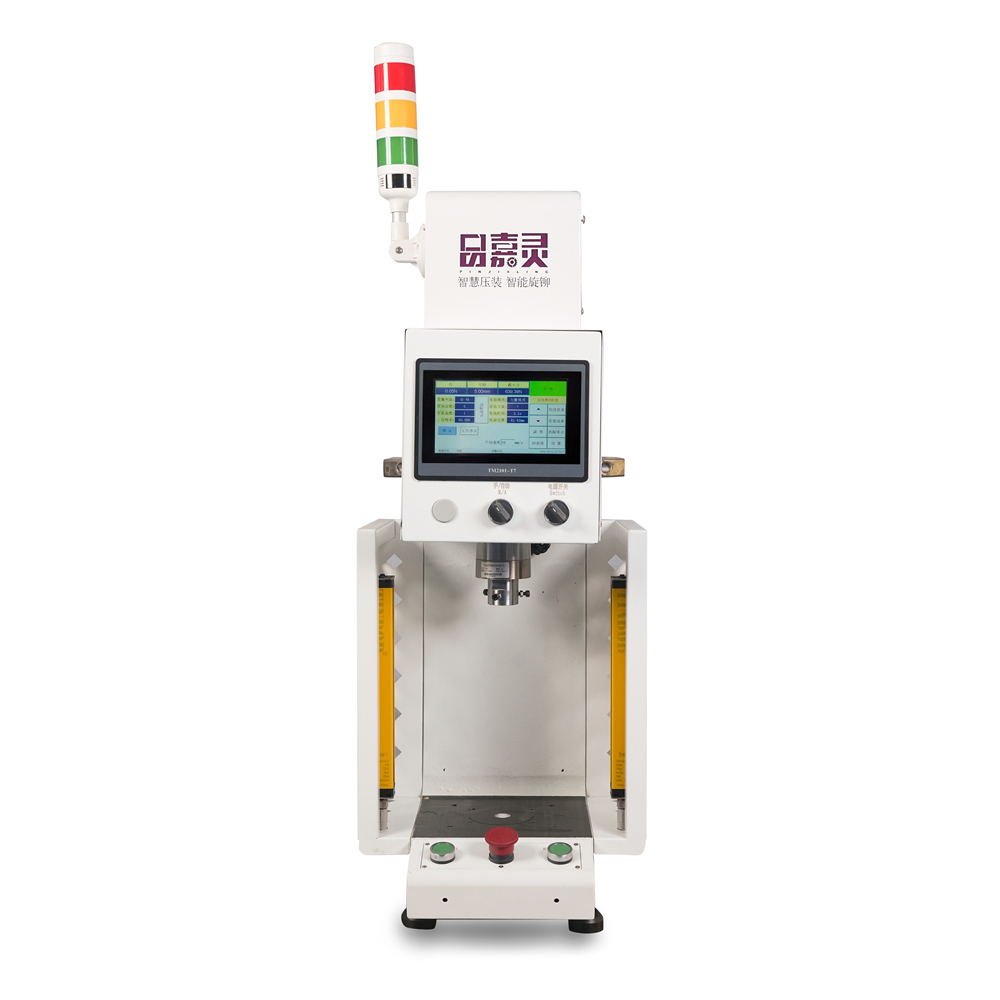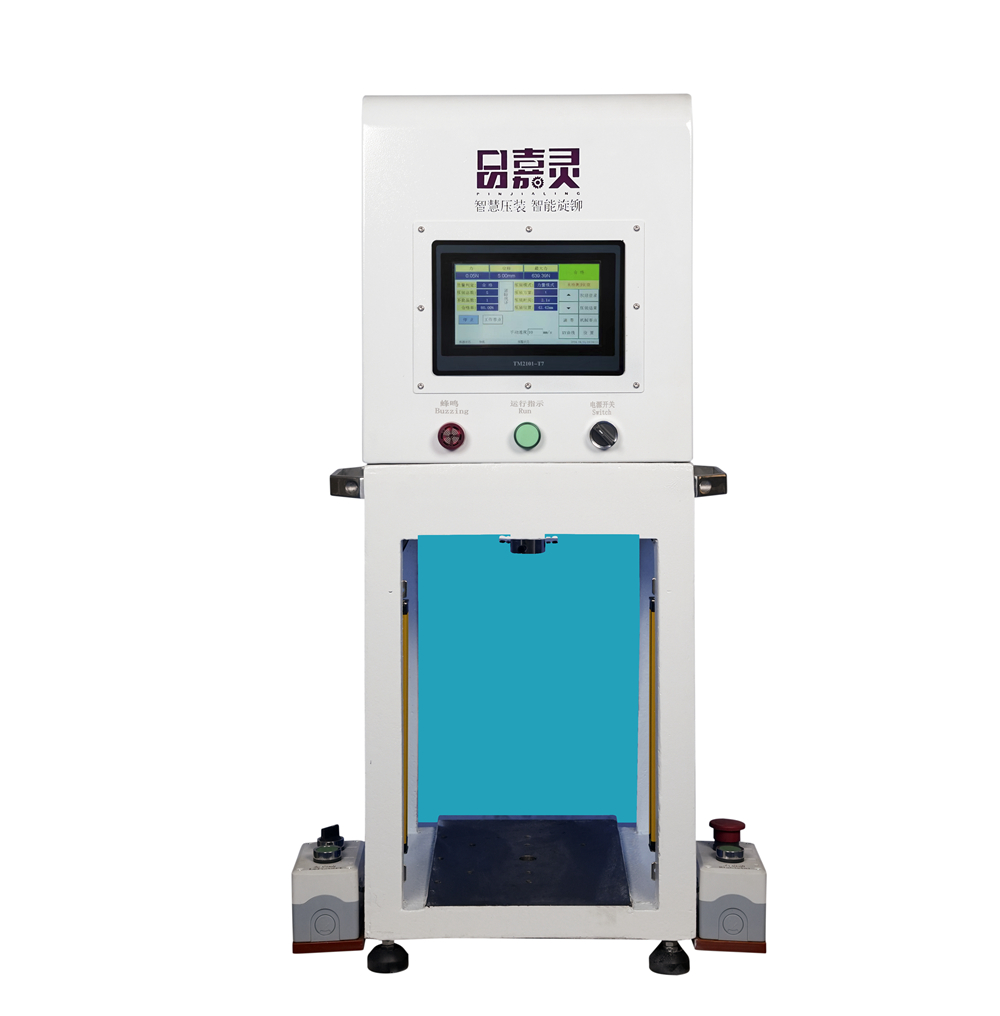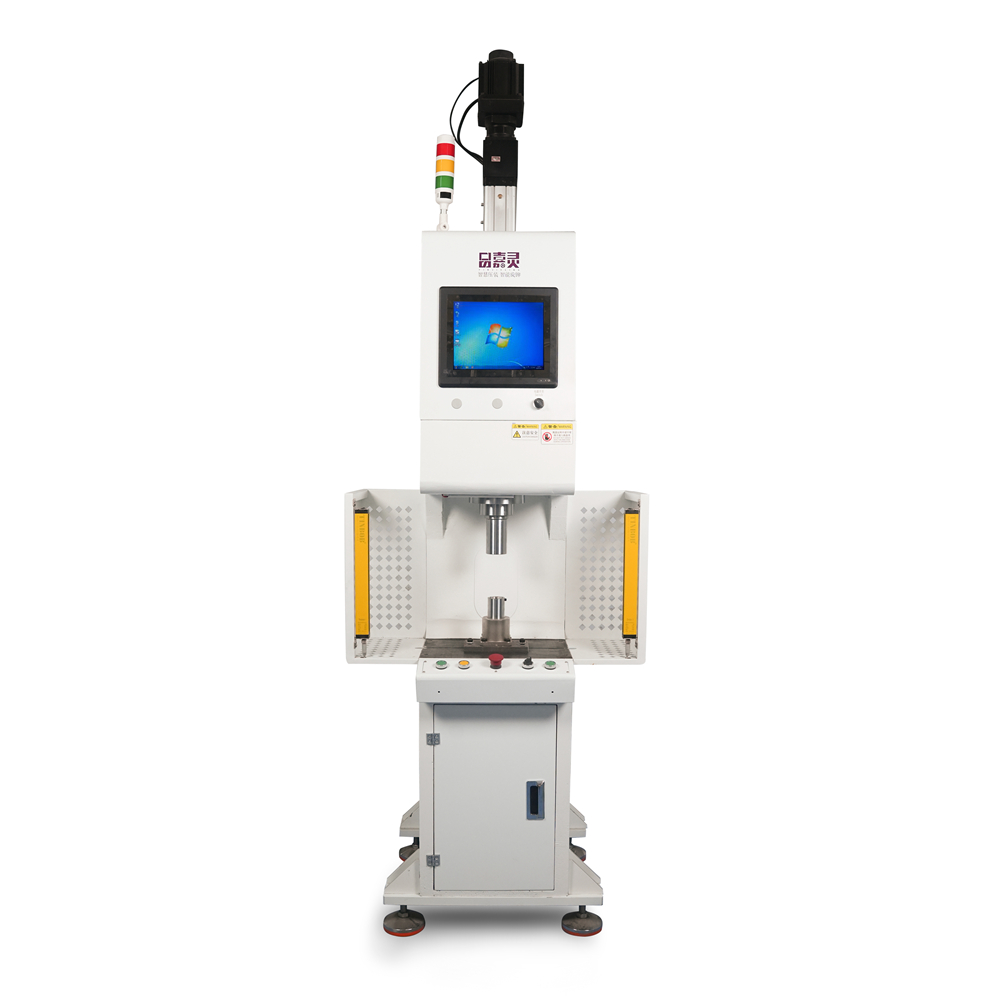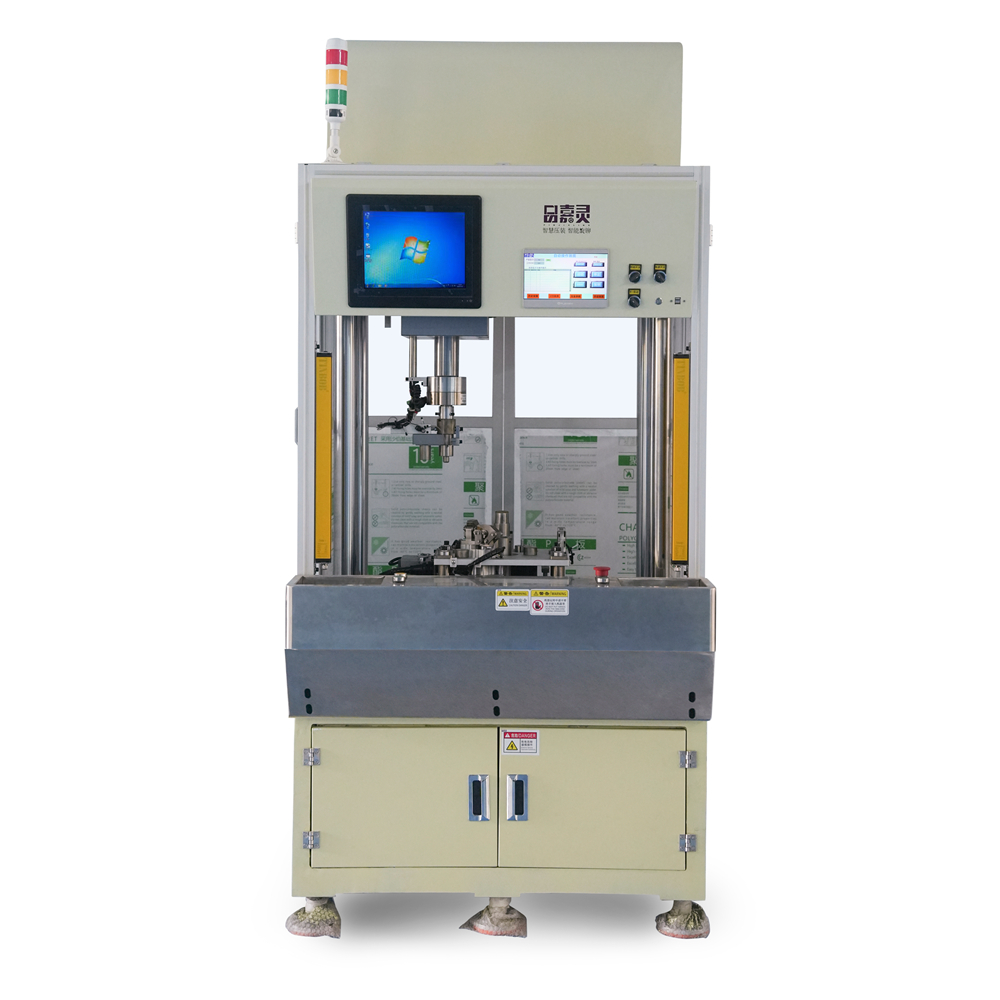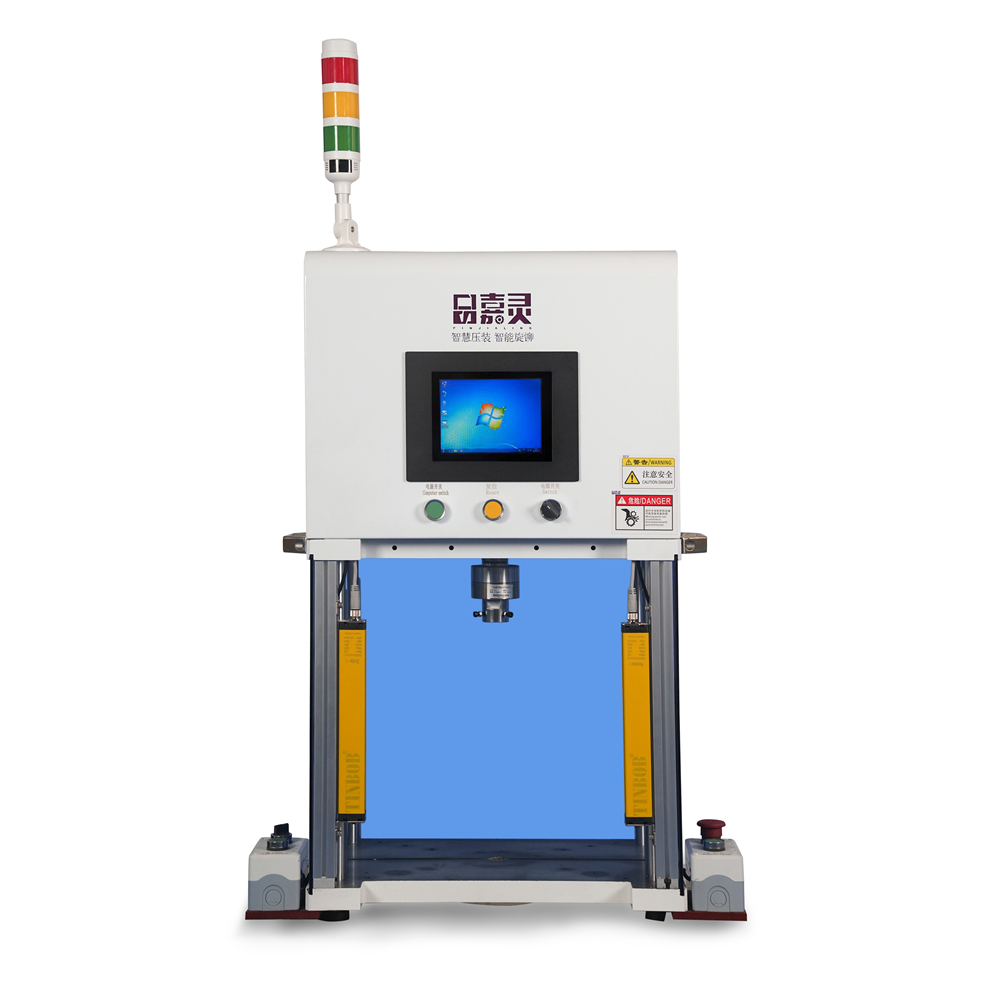제조 분야에서 전기 서보 프레스의 성능 발휘
소개:
In recent years, the manufacturing industry has witnessed a significant transformation with the advent of advanced technology. One such innovation that has revolutionized the industry is the electric servo press. This cutting-edge technology offers numerous advantages over traditional pneumatic and hydraulic presses, making it a popular choice among manufacturers. In this article, we will explore the power of 전기 서보 프레스 and its impact on the manufacturing sector.
What is an Electric Servo Press?
An electric servo press utilizes an electric motor to drive a mechanical linkage system, which generates force and controls the movement of the press ram. Unlike hydraulic or pneumatic presses that rely on fluid power, electric servo presses operate on precise electric motion control. They combine the benefits of high-speed and high-precision operation, making them ideal for a wide range of manufacturing applications.
Advantages of Electric Servo Press:
1. Enhanced Precision: Electric servo presses offer unmatched precision due to their ability to precisely control slide position, slide velocity, and slide force. This level of control ensures consistent and accurate results, resulting in higher product quality and reduced waste.
2. Increased Productivity: The high-speed capabilities of electric servo presses enable rapid stroke rates, significantly reducing cycle times. Additionally, their quick stopping capability allows for shorter stopping times between strokes, resulting in increased productivity and throughput.
3. Energy Efficiency: Unlike hydraulic presses that continuously consume energy, an 전기 서보 프레스 only consumes power when it is actively performing work. This energy-efficient operation not only reduces electricity costs but also contributes to a greener and more sustainable manufacturing process.
4. Versatility: Electric servo presses are highly versatile and can be programmed to perform a wide range of tasks, including stamping, forming, drawing, and bending. The flexibility offered by these presses enables manufacturers to cater to diverse customer demands without the need for extensive tooling changes.
5. Quiet Operation: Compared to hydraulic presses that produce high levels of noise, electric servo presses operate quietly. This reduction in noise levels creates a more comfortable and safer working environment for operators.
Applications of Electric Servo Press:
Electric servo presses find applications in various industries, including automotive, electronics, aerospace, and metal fabrication. Some common applications include:
1. Stamping: Electric servo presses excel in precision stamping applications, ensuring consistent and accurate results. They provide the necessary force and control for tasks such as punching, blanking, and coining.
2. Forming: The ability to control slide position and velocity makes electric servo presses well-suited for forming operations such as deep drawing and bending. The high precision and repeatability of these presses ensure the production of high-quality formed parts.
3. Assembly: Electric servo presses play a crucial role in assembly operations, where precise force and position control are required. They can perform tasks such as riveting, inserting, and joining components with utmost accuracy.
4. Testing and Inspection: Electric servo presses are also used for testing and inspection purposes. Their ability to accurately control forces allows for precise testing of various components, ensuring their compliance with quality standards.
결론:
그만큼 전기 서보 프레스 is a game-changer in the manufacturing industry, revolutionizing the way products are made. Its precision, speed, energy efficiency, and versatility make it an ideal choice for manufacturers seeking to optimize their processes and improve productivity. As technology continues to advance, we can expect electric servo presses to become even more advanced, further contributing to the growth and success of the manufacturing sector.
- How does the S-type servo press work?
- As a kind of precision CNC servo electronic press, the working principle and characteristics of...
- What is a linear servo actuator?
- As an important mechatronic product, the linear servo actuator plays a key role in modern...
- Four-Column Gantry Servo Press: High Precision Pressing, Leading the Way in Intelligent Manufacturing
- In modern manufacturing, the four-column gantry servo press has become the preferred equipment for many...
- Servo Linear Actuator: Precise and Stable Industrial Force
- Servo linear actuator, as an important component in the field of modern industrial automation, plays...
- What exactly is a spray valve?
- Spray valve, this term is not uncommon in daily life and industrial production, but many...
- Electric Butter Machine: Detailed explanation of mechanism, structure and function
- As an efficient and convenient butter production equipment, the electric butter machine realizes the fast...



